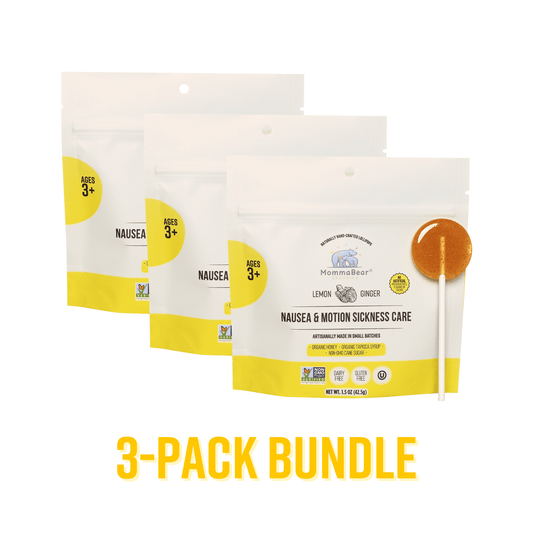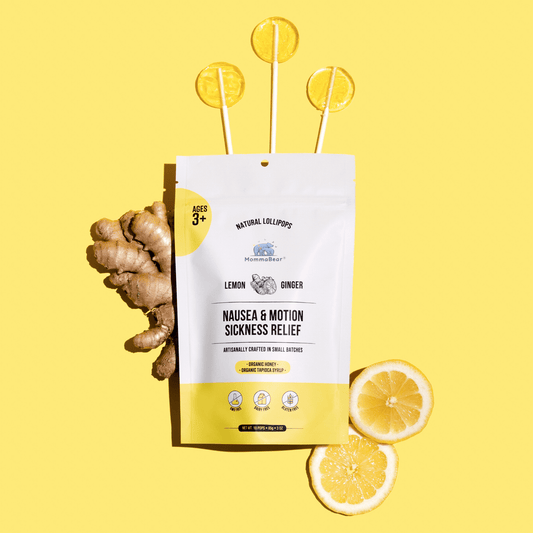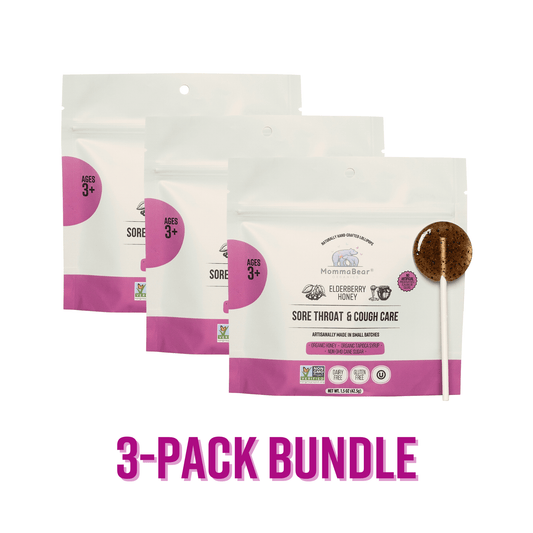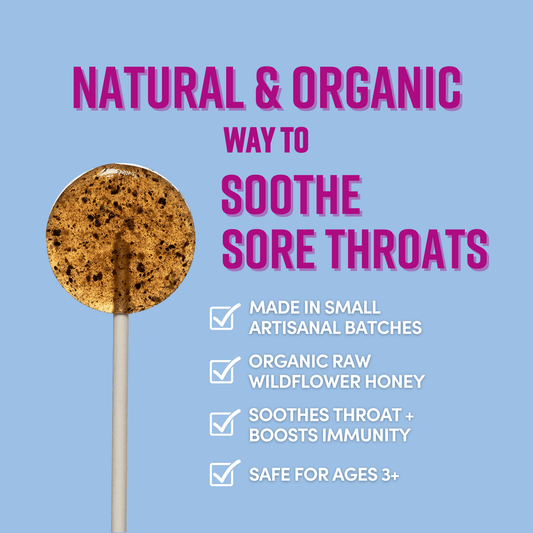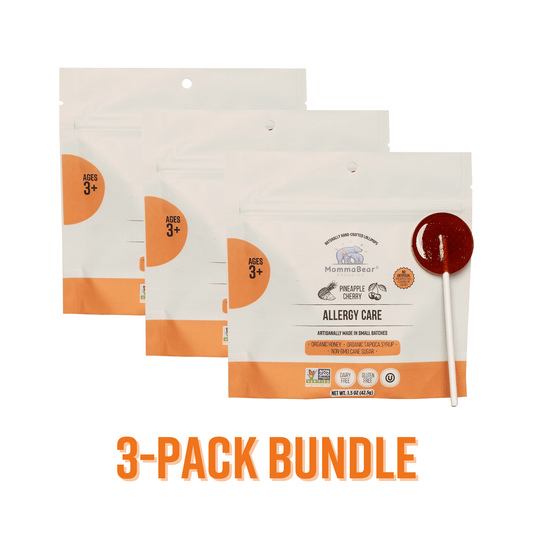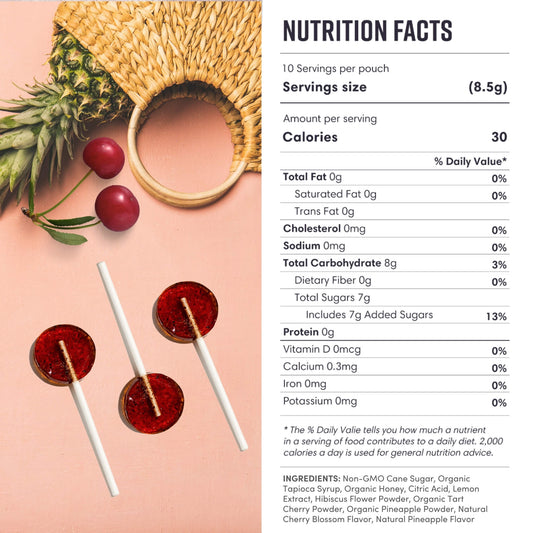Understanding the Nutritional Needs of Adolescents
Adolescence is such an exciting time of growth and development! During these years, young people experience many changes, both physically and emotionally. Because their bodies are growing quickly—building muscle and developing bones—their nutritional needs are really important. It’s essential to make sure that adolescents get not just enough calories but also a wonderful balance of nutrients to help them thrive and stay healthy!
The Importance of a Balanced Diet in Adolescence
A balanced diet is key to nurturing optimal health and development during those exciting adolescent years! It’s all about enjoying a colorful variety of foods from every food group, including delicious fruits, vibrant vegetables, hearty grains, tasty protein sources, and creamy dairy. Each of these delicious components plays a crucial role in meeting the nutritional needs of growing adolescents. They provide the energy needed for daily activities and also support brain development and emotional well-being.
Eating a balanced diet not only helps manage weight but also lowers the risk of chronic diseases and can brighten up your mood! Establishing healthy eating habits during adolescence is an important step toward a lifetime of nutritional wellness. Plus, we know that the social scene during these years can shape food choices, so it’s super important to encourage healthy eating in a way that feels relatable and fun! Involving adolescents in meal planning and preparation can give them the tools to make thoughtful food choices, creating a sense of pride and ownership over their health journey.
Nutrients Essential for Adolescent Growth
Several critical nutrients are particularly important during these formative years:
-
Protein: Essential for growth, muscle development, and repair. Sources include lean meats, dairy products, legumes, and nuts.
-
Calcium: Vital for bone strength and development, with dairy products, leafy greens, and fortified foods serving as excellent sources.
-
Iron: Important for energy levels and focus; good sources include red meat, beans, and fortified cereals.
-
Vitamins: Vitamins A, C, D, and various B vitamins contribute to immune function, skin health, and metabolism.
-
Healthy Fats: Necessary for brain development and overall health, found in avocados, nuts, seeds, and olive oil.
Alongside these important nutrients, it's vital to remember hydration, which is often overlooked but just as essential for adolescents. When they participate in physical activities and sports, staying properly hydrated can boost their performance and recovery. By encouraging them to sip water regularly—especially during warm days or after exercising—we can help them recognize how important hydration is in their daily lives. Additionally, sharing insights about the downsides of sugary drinks and the perks of opting for water or natural fruit juices can guide them toward making healthier choices when it comes to beverages.
The Role of Snacks in an Adolescent's Diet
Snacking is a fundamental aspect of an adolescent's daily eating habits. In fact, many adolescents consume snacks multiple times throughout the day, which can influence their overall nutrient intake. Healthy snacks can help bridge the gap between meals, providing energy and essential nutrients that support their active lifestyles.
Snacking Habits of Adolescents
Adolescents often tend to gravitate toward convenience and taste over nutritional value when selecting snacks. Common choices include chips, candies, and sugary beverages. However, these snacks often contribute empty calories with little nutritional benefit. Understanding these habits can help guide parents and adolescents toward healthier options.
With the right guidance, adolescents can develop healthier snacking habits that enhance their diet rather than detract from it. Making smart snacking choices can improve not only physical health but also academic performance and mood. For instance, incorporating snacks that are rich in fiber, protein, and healthy fats can help adolescents feel fuller for longer, reducing the likelihood of overeating during meals. Additionally, engaging adolescents in the selection and preparation of their snacks can foster a sense of responsibility and awareness about their dietary choices.
Benefits of Healthy Snacking
Healthy snacking can have numerous positive effects on adolescents, including:
-
Mood regulation: Nutrient-rich snacks can stabilize blood sugar levels, leading to better mood and reduced irritability.
-
Improved concentration: Snacking on brain-boosting foods can enhance focus and cognitive performance, which is essential for learning.
-
Energy levels: Providing a quick source of energy through healthy snacks can help sustain physical activities.
-
Better eating habits: Encouraging healthier choices can lead to improved dietary patterns overall.
Healthy snacks offer a wonderful chance to introduce a colorful variety of foods into an adolescent's diet! For instance, pairing fruits and veggies with tasty dips like hummus or yogurt can make them so much more enticing. Whole grain snacks, such as popcorn or whole grain crackers, can be deliciously enjoyed with creamy nut butter or cheese for a truly satisfying treat. By mixing up snack choices, adolescents can discover and enjoy a broader range of flavors and textures, nurturing a lifelong love for healthy eating.
And let’s not forget the social side of snacking! Sharing nutritious snacks with friends during school breaks or after-school activities creates a warm atmosphere that encourages better eating habits. This shared experience reminds everyone that healthy eating is not just an individual effort; it’s a journey we can embark on together, building friendships and supporting each other as we make thoughtful dietary choices!
Preparing Healthy Snacks at Home
Parents and guardians have such an important role in encouraging young people to choose healthier snacks by whipping up easy and nutritious options at home. It’s great to offer a variety of choices that appeal to their tastes! Involving them in the cooking process not only teaches them valuable skills but also empowers them to make healthier decisions on their own. This hands-on approach gives them a sense of ownership over their food choices, which makes them more likely to enjoy and appreciate the snacks they help create!
Quick and Easy Healthy Snack Recipes
Here are some simple and delicious snack ideas that can easily be prepared at home:
-
Fruit and Yogurt Parfait: Layer Greek yogurt with fresh fruits and a sprinkle of granola for a refreshing treat. You can also experiment with different fruits like berries, mangoes, or kiwi to keep things exciting.
-
Veggie Sticks and Hummus: Slice carrots, cucumbers, and bell peppers served with a protein-rich hummus dip. For added flavor, try different hummus varieties, such as roasted red pepper or garlic.
-
Peanut Butter Banana Bites: Slice a banana and spread natural peanut butter between the slices for a satisfying snack. To elevate this treat, consider rolling the bites in crushed nuts or seeds for an extra crunch.
-
Oven-Baked Sweet Potato Fries: Slice sweet potatoes, toss with olive oil, and bake until crispy for a healthier alternative to chips. Season them with your favorite spices, such as paprika or cinnamon, for a unique twist.
Making Snack Time Fun and Nutritious
Making healthy snacking fun and varied can really appeal to teens! Involve them in preparing their snacks or present options in vibrant and eye-catching ways. You might use playful containers or skewers to make colorful fruit and vegetable kabobs. This playful twist not only invites them to explore new flavor combinations but also encourages them to try things they might not have thought about before.
Designating a specific snack time is a great way to avoid mindless munching and promote thoughtful choices. Mixing up flavors and textures keeps their interest alive and makes nutritious eating exciting! You can bring an extra dash of fun to snack time by incorporating themes like 'Taco Tuesday' with healthy taco wraps or 'Fruit Friday' showcasing a beautiful rainbow of fruits. This not only supports healthy habits but also creates delightful moments that families can enjoy together.
Store-Bought Healthy Snacks
While home-prepped snacks are ideal, there are also plenty of healthy store-bought alternatives available. Awareness of what to look for can make grocery shopping for nutritious snacks easier. Many brands are now focusing on transparency and health, making it simpler for consumers to find options that fit their dietary needs without compromising on taste.
Reading Food Labels for Healthier Choices
Food labels provide valuable information that can guide healthier snack choices. Key aspects to consider when reading labels include:
-
Ingredients List: Look for whole food ingredients and avoid options with excessive preservatives or additives. Ingredients are listed in descending order, so if sugar or refined grains are at the top, it’s best to steer clear.
-
Nutrition Facts: Check for serving sizes, calories per serving, and the amounts of sugar, sodium, and unhealthy fats. A snack that appears healthy might be misleading if the serving size is smaller than what you would typically consume.
-
Allergen Information: Be mindful of any allergens that may affect the adolescent's health and well-being. Many snacks are now labeled gluten-free, nut-free, or dairy-free, catering to a variety of dietary restrictions.
Top Recommended Healthy Store-Bought Snacks
Here are some store-bought snacks that are generally healthier alternatives:
-
Whole grain crackers: Pair with cheese or hummus for an energizing snack. Look for options made with seeds like flax or chia for added omega-3 fatty acids.
-
Nut and seed bars: Look for options with minimal added sugars. Many brands now offer bars that are packed with protein and fiber, making them a satisfying choice for on-the-go energy.
-
Popcorn: Air-popped popcorn can be a great low-calorie, high-fiber snack. Consider adding nutritional yeast for a cheesy flavor without the calories, or sprinkle some cinnamon for a sweet twist.
-
Dried fruit: Choose varieties with no added sugar for a natural sweet treat. Dried fruits like apricots, mangoes, or cranberries can provide a quick energy boost and are rich in vitamins and minerals.
Why not check out the refrigerated section for some tasty and healthy snacks like Greek yogurt or plant-based dips? Greek yogurt is not just rich in protein; it also brings along probiotics that are great for your gut health. Nowadays, you'll find many yogurt alternatives made from almond or coconut milk that are perfect for anyone with dairy sensitivities. And don’t forget to look for vegetable-based dips like beet hummus or creamy avocado spread; they’re a fantastic way to mix things up and add some nutrition to your snacking routine!
Another fun trend in the world of healthy snacking is the surge of exciting plant-based options. Think crispy kale chips or tasty chickpea puffs—these snacks are not only delicious but also full of nutrients. Plus, most of them are baked instead of fried, which means less unhealthy fat while still giving you that enjoyable crunch. So, as you wander through the snack aisle, keep an eye out for these creative choices that can bring new flavors and textures to your diet!
Encouraging Healthy Snacking Habits
Instilling healthy snacking habits in adolescents requires consistent guidance and encouragement from parents and caregivers. Setting an example through their own dietary choices can motivate adolescents to follow suit. Creating an environment that prioritizes health can significantly influence their choices, making nutritious options more appealing and accessible.
Tips for Parents to Promote Healthy Snacking
Here are some helpful tips for parents to foster healthy eating behaviors:
-
Involve adolescents in grocery shopping and meal planning, allowing them to explore healthy options.
-
Keep a well-stocked pantry with nutritious snacks, making them easy to access.
-
Encourage family meals where everyone can share healthy food choices and ideas.
-
Discuss the benefits of eating healthy snacks and how they support growth and overall well-being.
Parents can introduce fun and engaging activities, such as cooking classes or healthy snack challenges, to spark interest in nutritious foods. This not only enhances their culinary skills but also empowers them to take charge of their eating habits. By making healthy snacking a family affair, it can transform into a positive experience rather than a chore, reinforcing the importance of nutrition in a supportive environment.
Overcoming Common Snacking Challenges
Promoting healthy snacking habits can sometimes feel challenging due to things like peer pressure and advertising influences. By discussing these hurdles openly with adolescents, we can encourage them to build their critical thinking skills around food choices.
Helping them understand how their choices affect their health and well-being while also reminding them that it’s okay to enjoy treats once in a while sets the stage for a balanced snacking approach. A little encouragement and positivity go a long way in boosting their self-confidence and making healthier decisions.
Educating them about the clever marketing tactics used by food companies can really help them understand that not everything they see advertised is a healthy choice. This kind of awareness empowers them to make informed decisions, even when unhealthy snacks are everywhere in social situations.
Conclusion
Snacking healthy during those teenage years is super important for helping with growth, development, and overall well-being. By getting to know what our bodies need and building great snacking habits, we can set the stage for making better choices down the road. Together, parents and teens can whip up tasty homemade snacks, shop smartly, and encourage healthy habits to create a balanced diet that nourishes both body and mind.
For a delightful and nutritious treat, why not try Momma Bear Organics? They have yummy organic lollipops crafted from top-notch ingredients!


